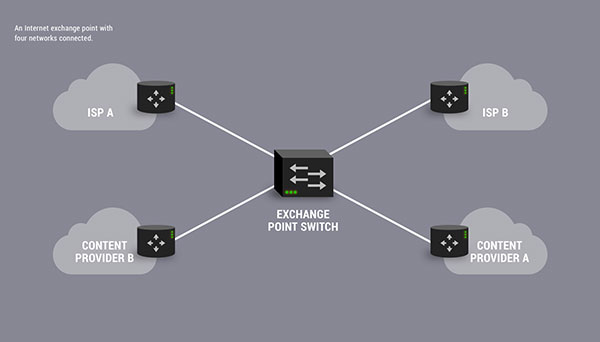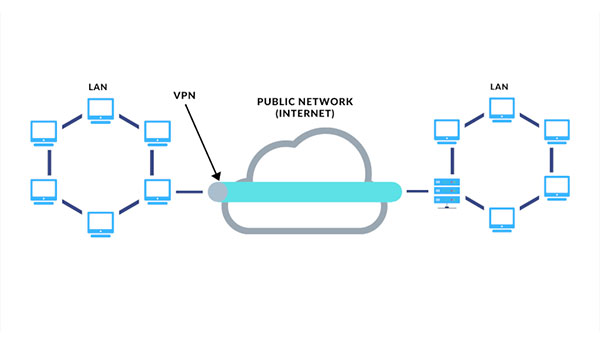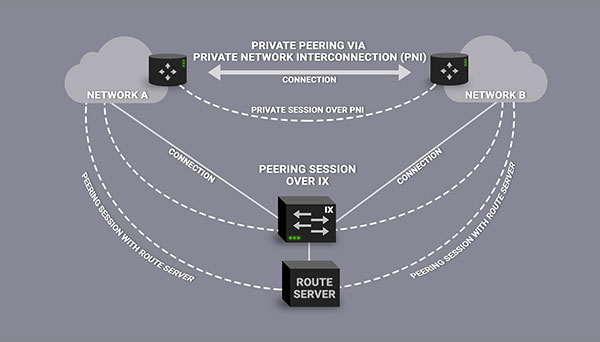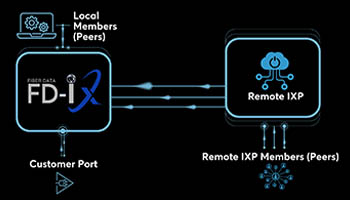Peering at Internet Exchange Points, IXPs such as FD-IX involve the voluntary interconnection of networks, such as Internet Service Providers (ISPs), content delivery networks (CDNs), and other entities, to exchange internet traffic. Peering facilitates direct and mutually beneficial data exchange agreements unlike traditional transit routes that involve payments to carry traffic between networks.
Understanding the Importance of Peering at IXPs:
- Enhanced Performance and Reduced Latency: By peering directly at an IXP, networks can exchange traffic more efficiently. This results in faster data transmission, reduced latency, and improved end-user internet performance. This is critical if you are an internet Service provider (ISP). It also benefits any network accessing cloud services such as AWS or Microsoft Azure.
- Cost Efficiency and Reduced Transit Fees: Peering agreements at IXPs often eliminate the need for networks to pay transit fees to upstream providers. This cost-saving mechanism benefits participating networks, potentially leading to more competitive pricing for internet services.
- Increased Redundancy and Resilience: Peering fosters redundancy by providing multiple paths for data to travel. In the event of network outages or congestion, the interconnected nature of networks at IXPs allows traffic to reroute through alternative paths, ensuring continuous connectivity.
- Fostering Innovation and Content Distribution: IXPs serve as hubs for diverse networks, fostering an environment conducive to innovation. Content providers, start-ups, and businesses can leverage these interconnections to reach a broader audience more efficiently, supporting the distribution of diverse content.
- Localized Traffic Exchange: Peering at IXPs facilitates localized traffic exchange. By connecting with regional networks, content providers can optimize the delivery of region-specific content, improving user experiences and reducing the strain on global networks.
The Dynamics of Peering Agreements at IXPs:
Peering agreements at IXPs come in various forms:
- Public Peering: Networks exchange traffic with multiple participants at an IXP through a shared peering fabric.
- Private Peering: Involves direct, private connections between two specific networks at an IXP, usually for higher traffic volumes or specialized needs.
- Remote Peering: Enables networks to peer at an IXP without physically being present, utilizing dedicated connections or services offered by the IXP.
The Future of Peering at IXPs:
As the digital landscape continues to evolve, the role of IXPs and peering will become even more critical. Technological advancements like 5G, edge computing, and the Internet of Things (IoT) will drive the demand for more efficient, scalable, and secure interconnection points.
Internet Exchange Points serve as the epicenter of digital connectivity, fostering the collaborative interconnection of networks through peering agreements. Their role in enhancing performance, reducing costs, fostering innovation, and supporting localized content delivery cannot be overstated. Embracing and expanding peering relationships at these pivotal exchange points will undoubtedly shape a more interconnected, efficient, and innovative future for the global internet ecosystem.





















